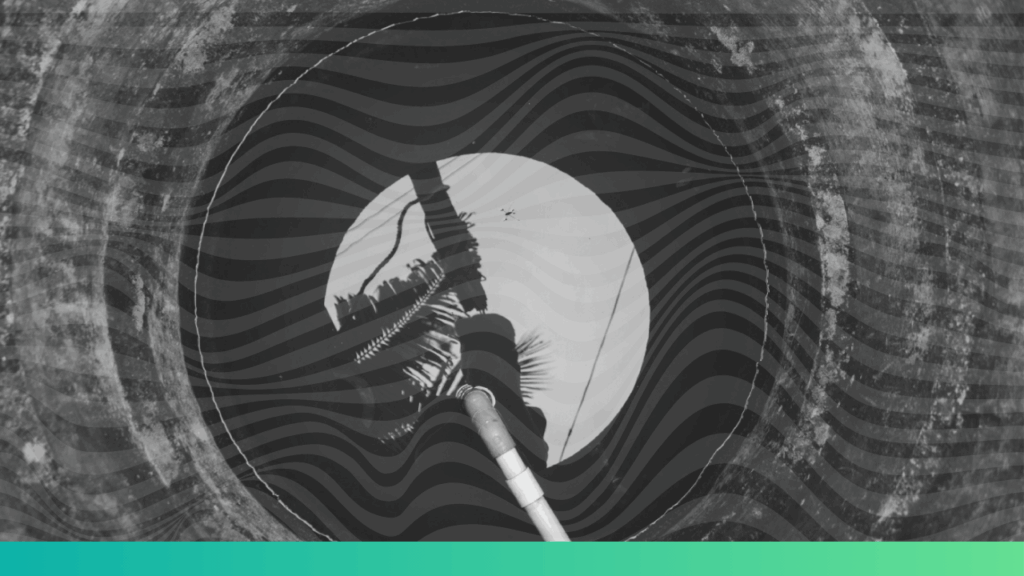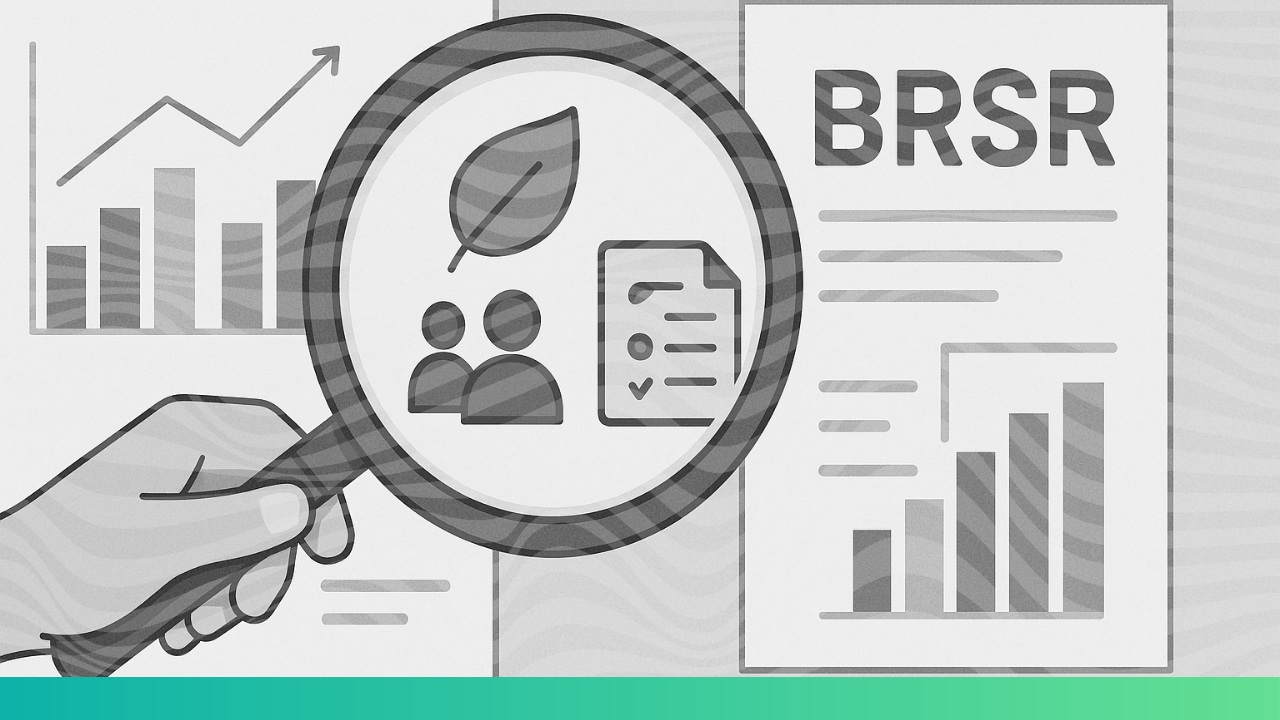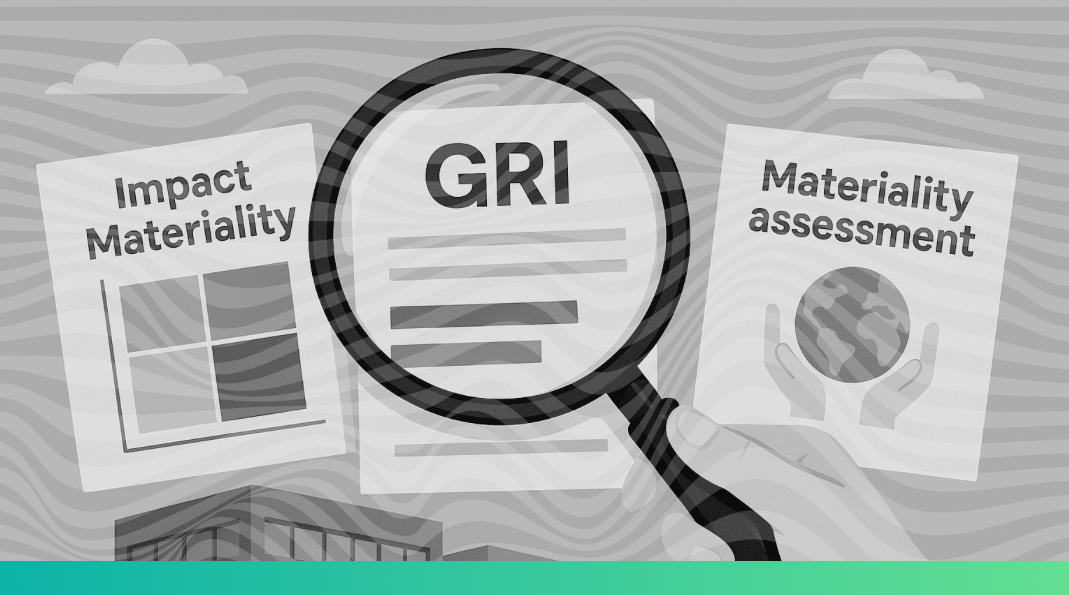This article will share details on the Latest CGWA Guidelines issued by the regulatory body on the groundwater monitoring process.
Central Ground Water Authority(CGWA) is a statutory body of India under Section 3 of the Environmental (Protection) Act 1986, for regulating groundwater abstraction, its usage, and monitoring.
The authority functions by,
- Issuing No Objection Certificates (NOC) for groundwater extraction to various industries, infrastructure projects, and mining projects.
- Framing regulations that are applicable to 22 Indian states, and to 2 Union Territories.
You’ll find this article useful if you are looking to know the latest rules applicable and/or the Telemetry System for Groundwater Monitoring and Management as per CGWA Compliance.
CGWA Guidelines on Groundwater Monitoring, Abstraction and Dewatering
The guidelines come into play whenever a Gazette Notification is issued by the body and nullified all other previously issued guidelines. Its regulations will be applicable to pan India and wherever the States are not regulating groundwater management, the CGWA will be the regulatory body there.
- It’s mandatory for you to install a Groundwater Monitoring Telemetry System having high quality (BIS/IS Standards) digital water flow meters.
- After receiving NOC from CGWA, you must inform the authority within 30 days regarding the installation of the groundwater telemetry system.
- If you are drawing 10 cubic meters/day of groundwater, then you must construct Piezometer Construction Walls for monitoring groundwater levels.
- You need to locate the piezometers in such a way that it covers the zone of the aquifer and the pumping well together. Installing piezometers at a minimum of 50 meters from the abstraction point will work for you.
- If you extract groundwater for commercial purposes without obtaining the NOC from CGWA, then you are liable for a penalty as per CGWA regulations. You may also be asked for compensation that will be equivalent to the amount of groundwater you extracted.
- Flowmeters must be calibrated once a year from an authorized agency.
- You are also required to monitor the quality of the groundwater at the abstraction source once a year and send the water quality data to CGWA Authorities. For that, you need to collect water samples from borewells/dug wells pre-monsoon (during April/May) of every year and send them to NABL accredited laboratories for the analysis of parameters like heavy metals, anions/cations, pesticides, and other organic/inorganic compounds.
- In case of dewatering, which might be required in the case of infrastructure projects, you also need to carry out monitoring of the dewatering discharge rate using the groundwater telemery system and submit the report CGWA.
- If you belong to mining projects:
- you may need to install additional wells at your site. For that, you must consult the regional director of CGWA before proceeding.
- You also need to submit the water quality report of your mine discharge/seepage tested from a NABL accredited laboratory to the CGWA Authority.
- In the case of dewatering, you need to construct dewatering construction structures and use advanced dewatering technology to avoid contamination of groundwater.
- In the case of renewal of NOC, you must apply before 90 days of its expiry date. If you are found extracting groundwater after the expiry of your NOC, then you’ll be liable for a legal against you as per the provisions of the Environmental (Protection) Act 1986.
Reference
This was the brief on CGWA Guidelines regarding the process of groundwater monitoring.
If you want to read more on the issued guidelines and know the regulations for groundwater abstraction, dewatering, and related activities, you can download the Official PDF version of the CGWA Guidelines.
Contact us now to get (1 – 1) assistance regarding the Latest CGWA Guidelines and Telemetry System for Groundwater Monitoring.




